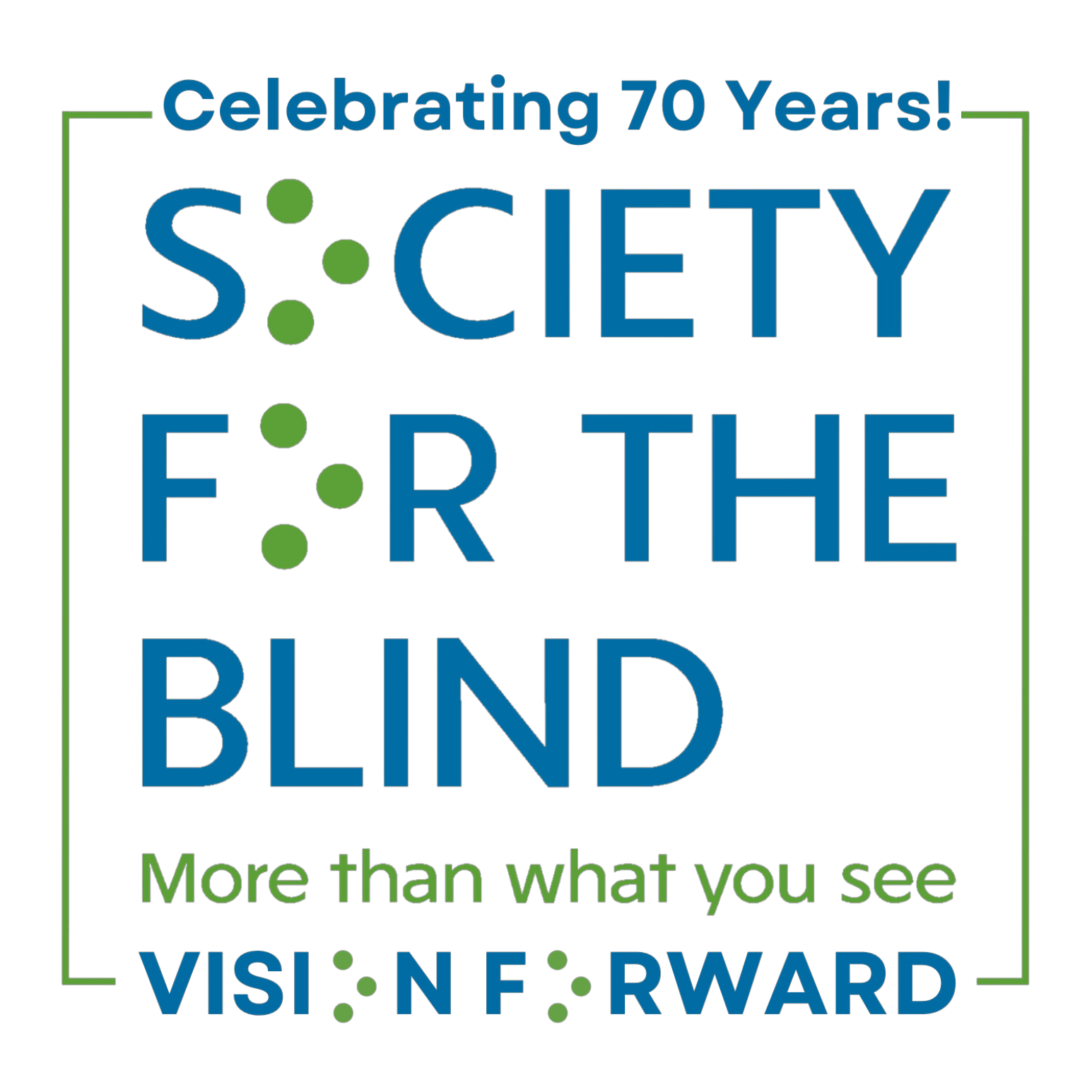The Best Tools for You
By Aser Tolentino, Assistive Technology Instructor
The speed with which technology evolves can really boggle the mind. Even now, scientists are struggling to understand the way in which the shift in how we access information may alter the workings of the human brain. In the space of a lifetime, making a phone call went from something that required the direct intervention of a living person moving lines on a physical switchboard to connect two shouting callers anchored by wires running to a wall outlet, to an instantaneous negotiation between multiple computer networks that terminates in crystal-clear calls on devices lighter than a deck of cards anywhere in the world. Whether you’re calling someone on a rotary phone, or Facetiming a friend on an iPhone 11, the function of the device remains fundamentally the same. In some cases, nowhere is this truer than in the realm of assistive technology. While it is true that advances in technology have dramatically improved the outlook for personal independence of disabled people in practically every sense of the word, the sheer number of possible solutions for any given problem can be overwhelming. As an assistive technology instructor, I’m often asked what the best tools are: the best screen reader, the best Braille display, smartphone, book reader and so on. The truth of the matter is that I can tell you without a doubt which of these devices is the best. I can tell you which is the best digital recorder, notetaker, tablet and even Braille writer. It’s the one you use after making an informed choice.
For a more concrete example, I can describe the tools available to me as I write this post. I have more than a dozen text editors within a few keystrokes, four email clients, and five applications for accessing PDF files. This is sort of cheating though, as my keyboard is connected to a Windows desktop, an Apple MacBook, and an iPhone. But the point stands, I have three versions of Microsoft Word, two versions of Pages, Scrivener, Drafts, Ulysses, Notes and others, as well as WordPad, Notepad, Text Edit, and more. To record audio, I have my phone’s Voice Memos App, blind favorite Just Press Record, RecorderHD, the digital audio workstation Reaper, GarageBand music apps and the Audacity sound editor. All these tools are accessible, and all of them do a fine job. There are also dedicated options like the recorder found in the Victor Reader Stream and the Braille Sense Polaris on my desk. What does this prove other than that being an assistive technology instructor is a great way to accumulate new toys to try out? There are a multitude of ways to do things, even when taking accessibility into account. The challenge is committing yourself to learning what’s out there and choosing the tools that work for you.
Some time ago, the staff at Society for the Blind shared some of their favorite assistive technology products, and on pretty much everyone’s list was the iPhone, but that revolutionary device is not the be-all and end-all of assistive technology. In fact, for some people, it is far from ideal, and some companies are marketing devices designed specifically for blind users who might not want to do everything on a single device.
Examples of devices with a more focused user experience for a blind consumer in mind include the Victor Reader Trek, BlindShell Classic and MicroSpeak. The Victor Reader Trek is the third in Humanware’s line of portable talking book players, capable of accessing numerous online libraries around the world as well as web resources like internet radio, Wikipedia, and podcast directories. It also functions as a voice recorder and handheld GPS unit capable of providing walking or driving directions from its onboard map database. The MicroSpeak is a compact voice recorder with talking menus and only four buttons, capable of transferring files to a computer over USB. Lastly, for people who care only about the “phone” in iPhone, the newly released BlindShell Classic provides users with a simplified mobile phone experience. While the Trek costs about as much as an iPhone 11, the BlindShell and MicroSpeak clock in considerably lower, at $349 and $59 respectively. In a world where a growing segment of the blind and low vision population is made up of seniors with limited resources, these considerations are not a minor concern.
Ultimately, the most important tool isn’t the iPhone, or the talking book player, or the Windows PC. The most important tool you will have in the constant struggle to maintain and expand your independence will be an open mind to learn new ways of doing things and the conviction to commit to what works for you. Like with a lot of things where independence is involved, there’s no guarantee it will always be easy, let alone fun, but it will be worth every bit of effort and then some.
